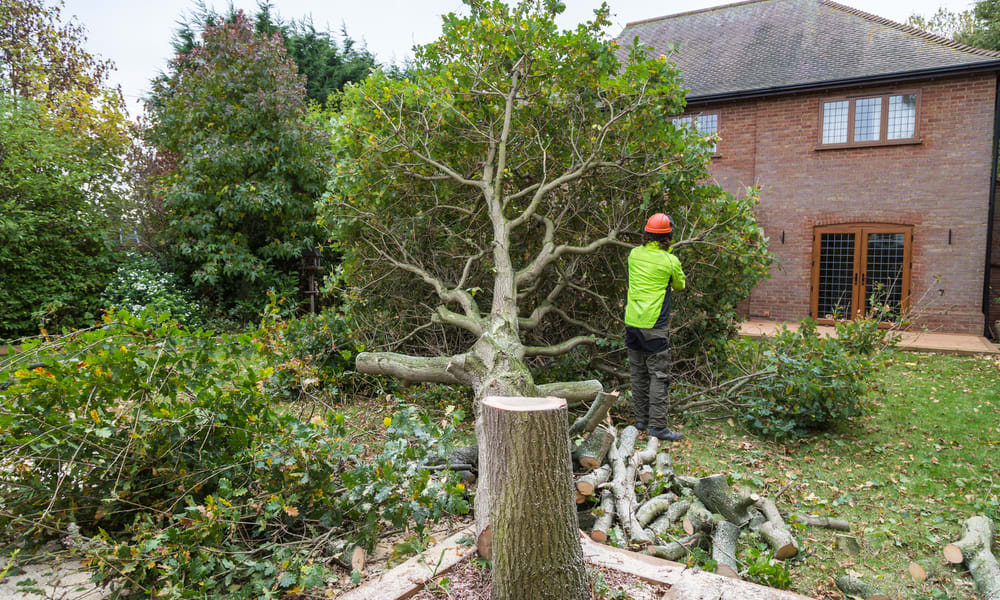Smart irrigation routines to reduce waste and improve plant health
Smart irrigation routines cut water waste and support stronger, healthier plants by matching supply to need. This article outlines practical steps—from improving soil and using composting to choosing irrigation methods suited to microclimates and containerization—to help gardens thrive while conserving resources.

Water efficiency in a garden begins with routines that deliver moisture where and when plants need it most. Smart irrigation moves beyond fixed schedules to use observation, seasonal adjustments, and simple tools such as moisture meters and low-flow systems. These routines reduce runoff and evaporation, encourage deeper root growth, and protect soil structure. Over time they support biodiversity, reduce pest pressure, and lower overall maintenance while keeping plants vigorous and resilient.
How does soil and composting influence irrigation?
Soil type and organic matter content strongly affect how much and how often to irrigate. Sandy soils drain rapidly and benefit from shorter, more frequent irrigation events, while loam and clay retain moisture longer and respond well to deeper, less frequent watering. Adding composting outputs—well-rotted compost or compost teas—improves soil structure and increases water-holding capacity. Regularly testing soil texture and organic matter levels helps set irrigation durations that reduce waste and support healthier root systems.
How do mulching and xeriscaping conserve water?
Mulching reduces surface evaporation, stabilizes soil temperature, and suppresses weeds that compete for moisture. Organic mulches gradually decompose and contribute to soil organic matter, further improving water retention. Xeriscaping combines water-wise plant selection with mulching and efficient layout to minimize irrigation needs. Grouping plants by similar water requirements and using drought-tolerant species lowers overall demand, while strategic mulching maintains consistent moisture and reduces the frequency of irrigation events.
What irrigation methods suit containerization and microclimate?
Containers dry out faster than in-ground beds, so match pot size, soil mix, and placement to reduce stress. Use mixes with good water retention and consider self-watering containers or small drip emitters to provide consistent moisture. Microclimates—cool, shaded corners or heat-soaked patios—change evaporation rates; observe these zones and adjust irrigation timing and duration accordingly. Low-pressure drip lines, soaker hoses, and targeted hand-watering with a moisture meter give precise control and help avoid overwatering.
How can native plants and biodiversity lower water needs?
Native plants adapted to local rainfall patterns generally require less supplemental irrigation once established. Designing a diverse planting palette promotes resilient plant communities that create beneficial microclimates and reduce pest outbreaks. Encouraging pollinators and beneficial insects supports natural pest control and pollination services, which can reduce stress on plants. Propagation of locally adapted varieties and integrating layered planting patterns increases drought resilience and reduces the long-term water burden of the landscape.
How to combine pruning, pest control, and pollinators with watering schedules?
Pruning alters transpiration by changing leaf area and can temporarily reduce water demand; plan deeper watering after major pruning to aid recovery. Favor pest control methods that support beneficial insects and pollinators to minimize chemical treatments that stress plants. Avoid irrigating late in the day when foliage stays wet overnight and disease risk rises. Observing plant health and pest indicators helps fine-tune irrigation schedules so water supports recovery and vigor without promoting pathogens.
How do hardscaping and permaculture support efficient irrigation and propagation?
Hardscaping elements such as terraces, swales, and permeable paths can capture and redirect runoff into planting areas, reducing irrigation needs. Permaculture design principles—rain gardens, contour planting, mulched basins—help retain rainfall and distribute it where roots can access it. Design choices also create microclimates that reduce evaporation. Incorporating propagation beds or nursery areas near captured water sources makes establishing new plants more water-efficient and supports long-term landscape resilience.
Smart irrigation routines combine understanding of soil, composting, mulching, plant choice, and landscape form to deliver water precisely and build ecological resilience. Use observation, simple measurement tools, and seasonal adjustments rather than rigid schedules. Practices that increase soil organic matter, support biodiversity, and integrate hardscaping and permaculture elements reduce waste and strengthen plant health, producing more resilient gardens with lower long-term water needs.





